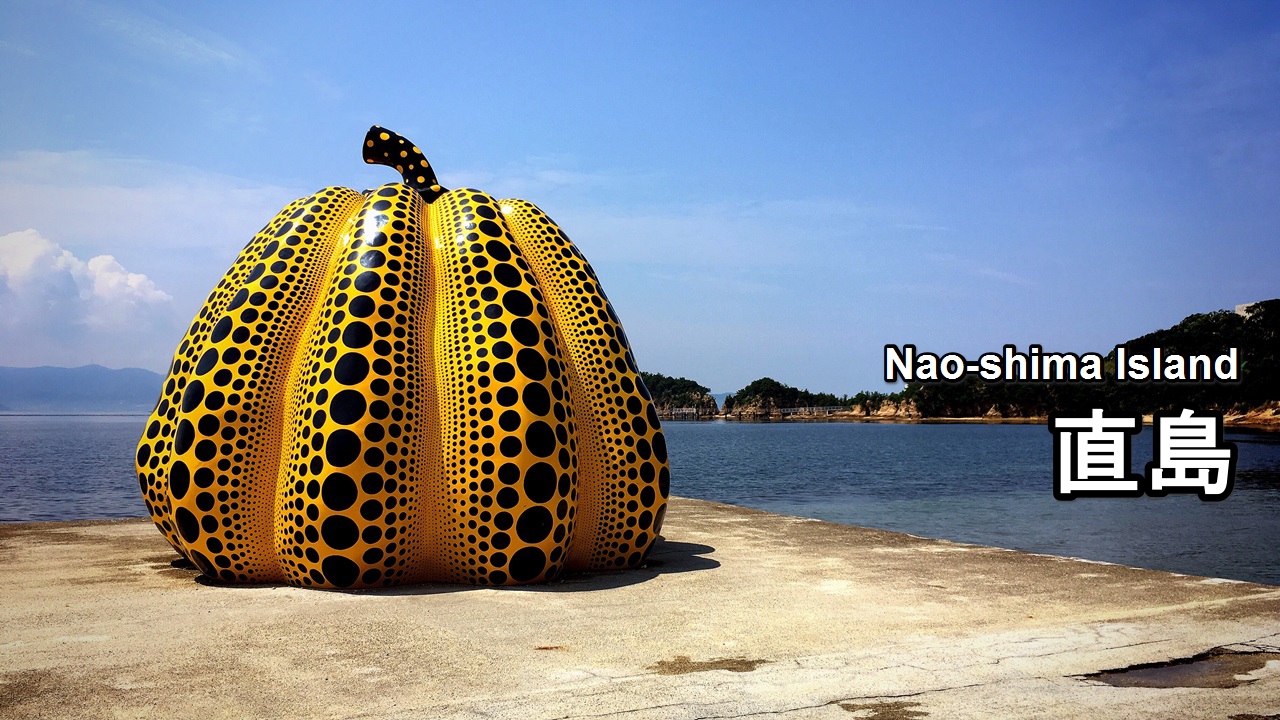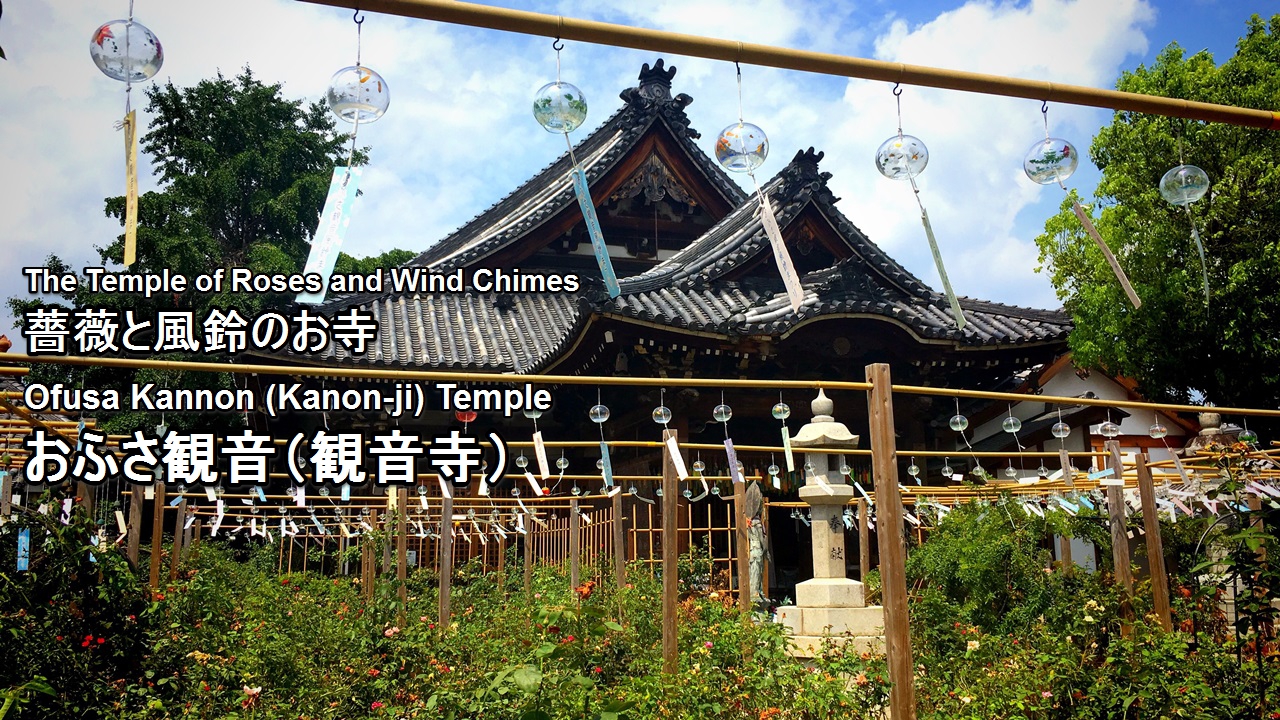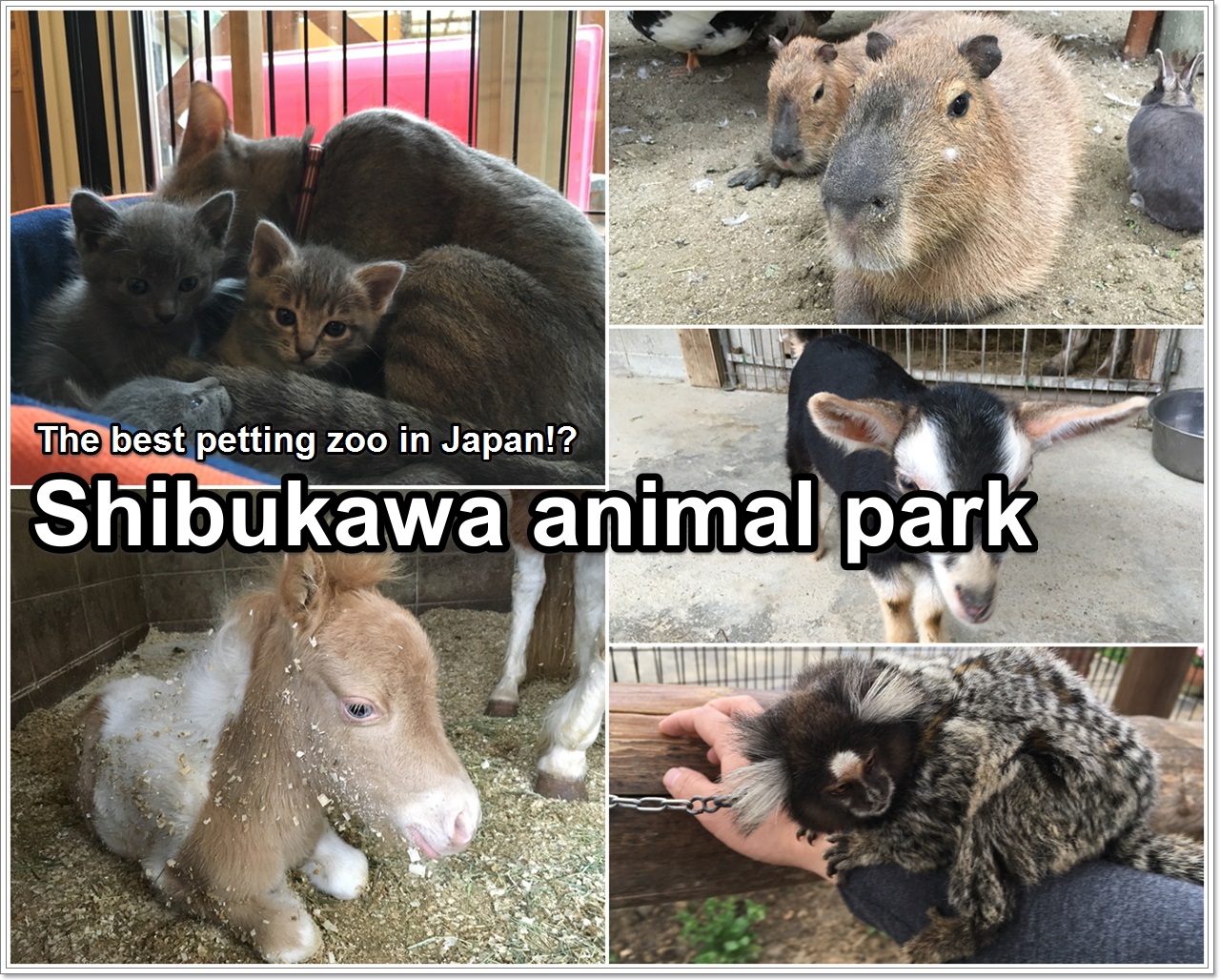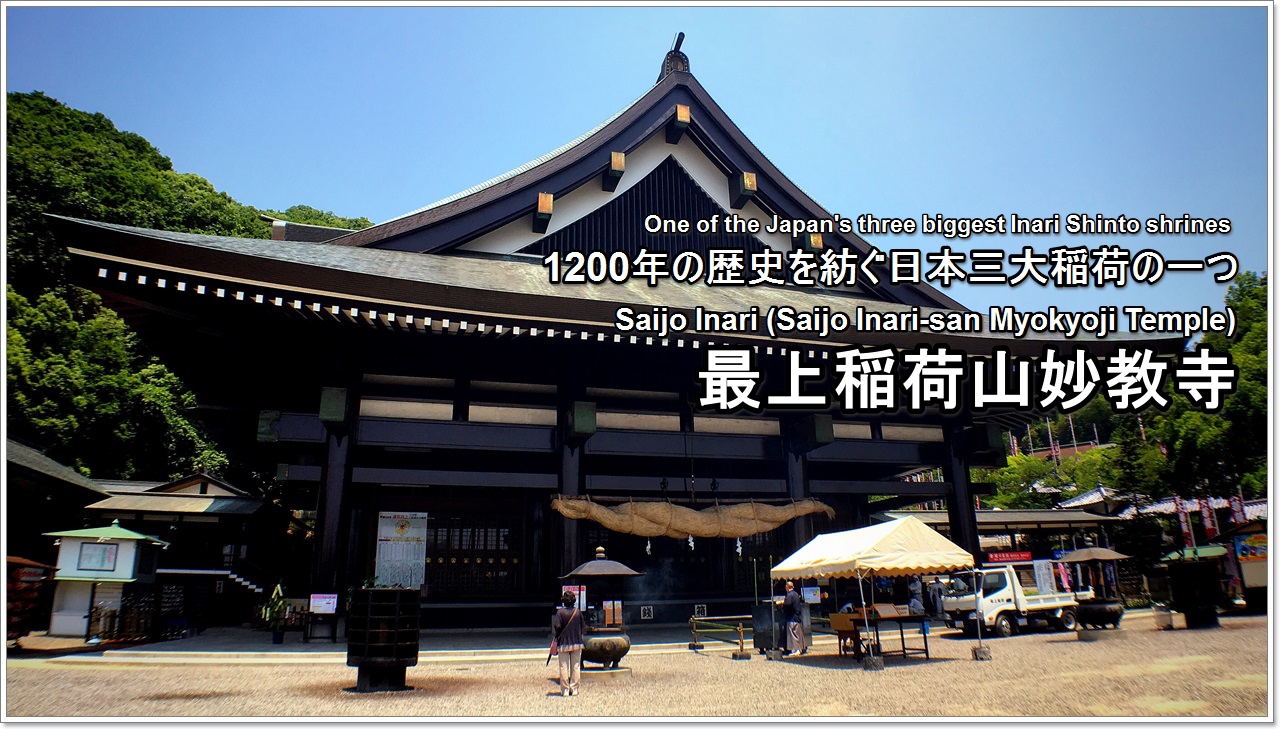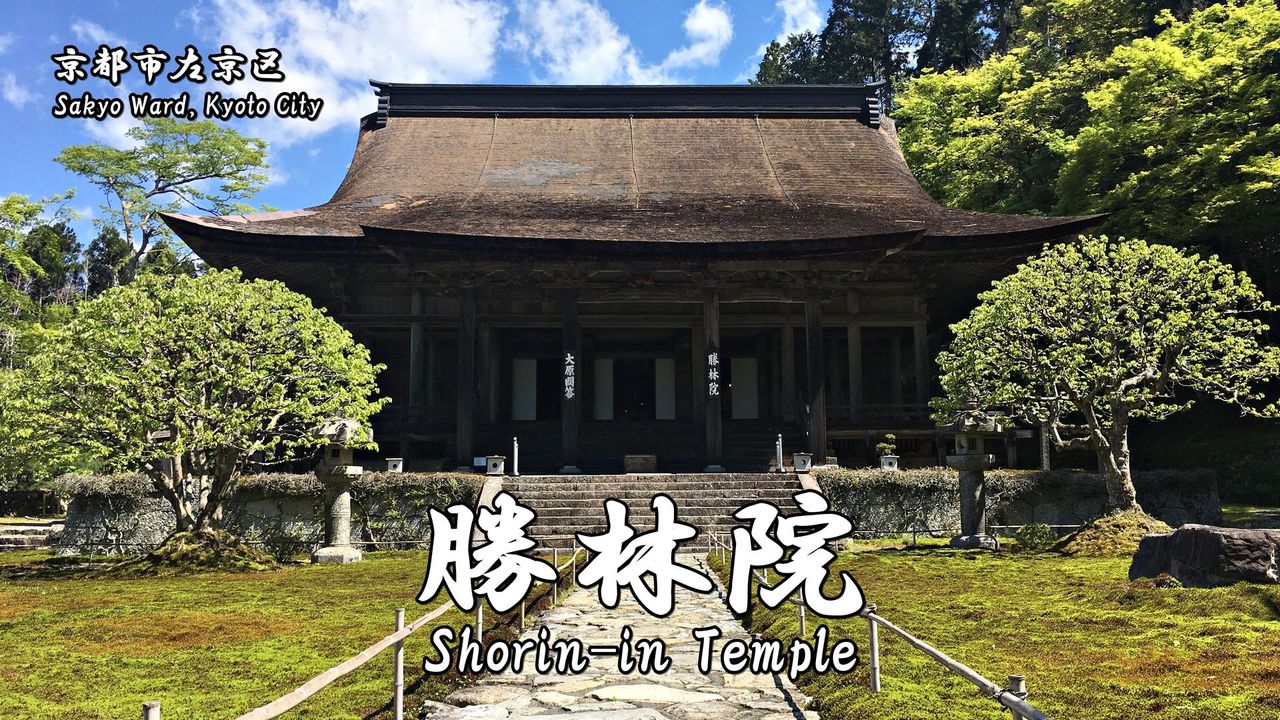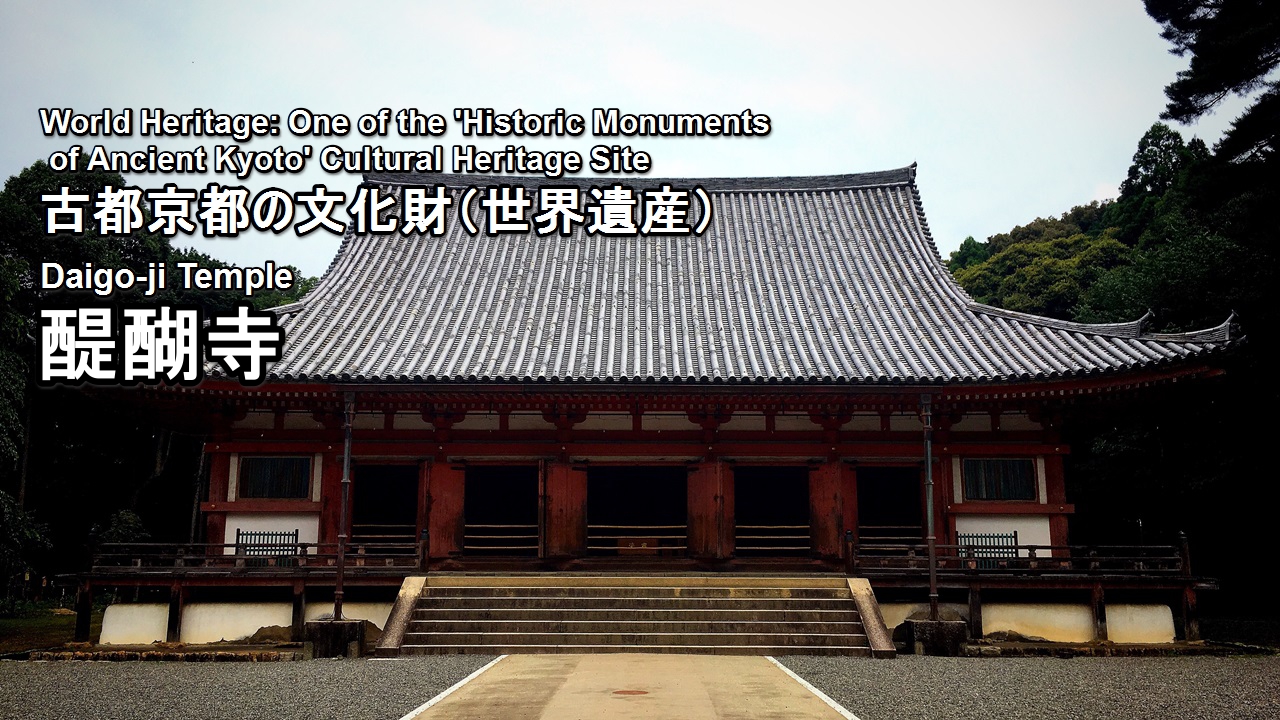Shogoin-Monzeki Temple is the head temple of the Buddhist Honzan Shugen Sect located in Shogo-in Nakamachi, Sakyo Ward, Kyoto City, Kyoto Prefecture.
A monzeki temple is a prestigious temple where members of imperial family and nobility resided for the priesthood for generations.
The Shogo-in district is where the wagashi (traditional Japanese confectionery) “Shogoin Yatsuhashi” and the dishes “Shogoin Daikon” (daikon radish) and “Shogoin Kabu” (turnip) originated.
In addition, Shogoin-Monzeki Temple has been nationally designated a historic site under the name ‘Shogoin Kyukarikokyo’ (lit. Shogo-in Temple Former Temporary Imperial Palace) as Emperor Kokaku and Emperor Komei temporarily used the temple as an Imperial Palace following the fires that broke out at Imperial Palace during the Edo period 1788 and 1854.
Contents:
- About Shogoin-Monzeki Temple
- Highlights of Shogoin-Monzeki Temple(Normal open area)
- Highlights of Shogoin-Monzeki Temple(Special open area)
- Shogoin Gotenso(dorter)
- Goshuin of Shogoin-Monzeki Temple
- How to get to Shogoin-Monzeki Temple
1.About Shogoin-Monzeki Temple
Open:9:00~17:00(Special open area : 9:30~)
Admission Fee:Free(Special open area :Adults:800 yen, Junior high school / high school student:500 yen)
Adress:15, Shogoin Nakamachi, Sakyo-ku Kyoto-shi, Kyoto, 606-8324, Japan
Phone Number:+81-75-771-1880
Shogoin-Monzeki Temple is the monzeki temple which protected the successive Imperial prince and Cloistered Emperor.
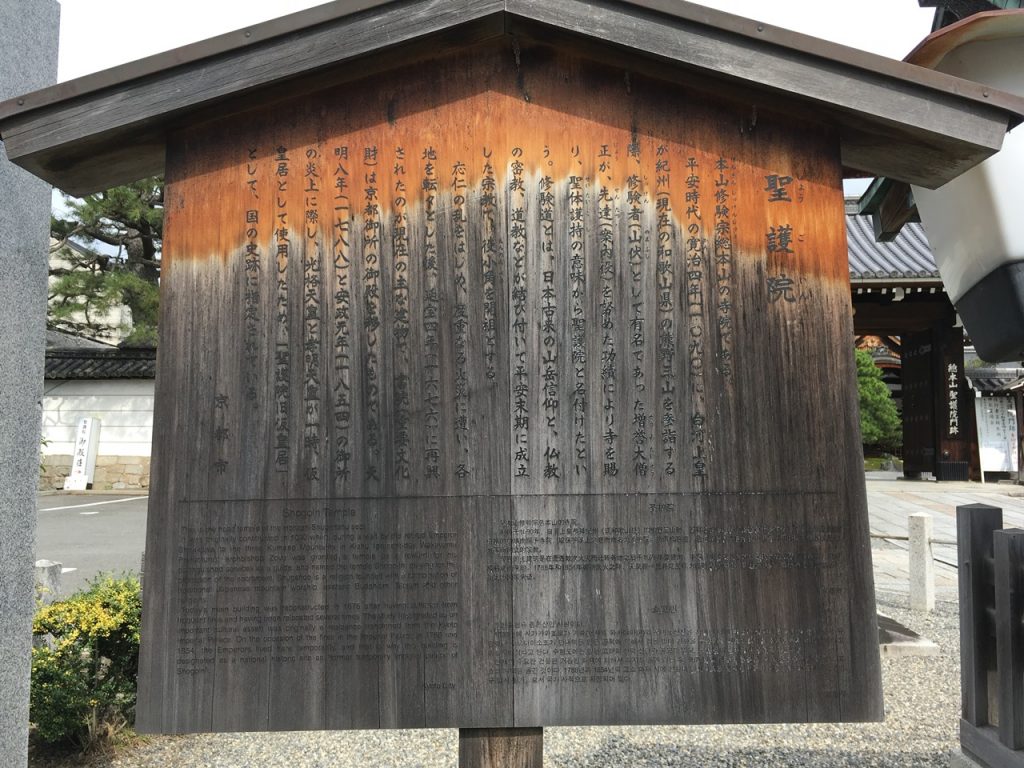
A monzeki temple is a prestigious temple where members of imperial family and nobility resided for the priesthood for generations.

In addition, this temple is also the 18th temple of the 36 Fudo Temples in the Kinki Pilgrimage.
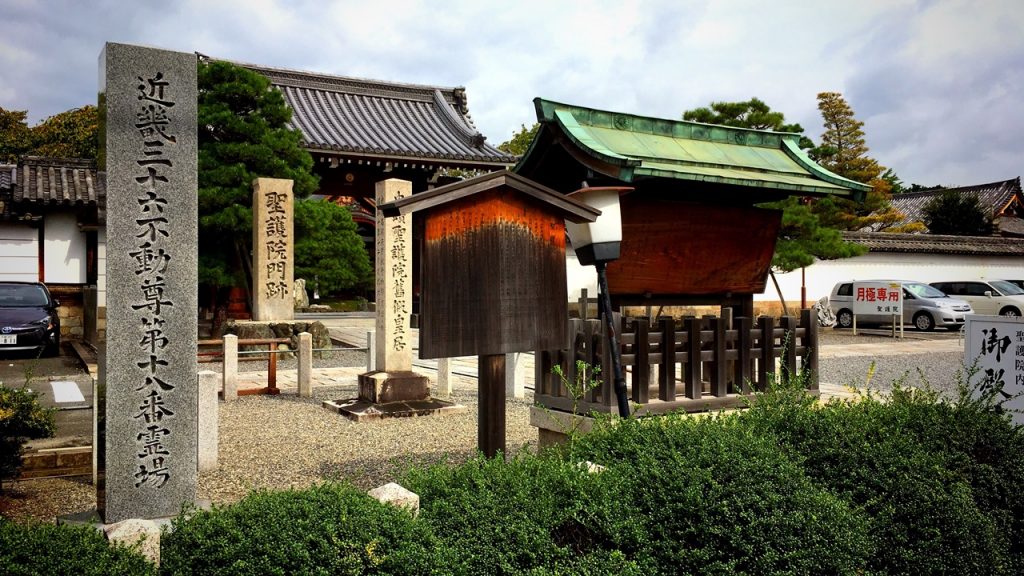
2.Highlights of Shogoin-Monzeki Temple(Normal open area)
This is a normal open area.
This is the Sanmon gate (temple gate) which was built in 1676.
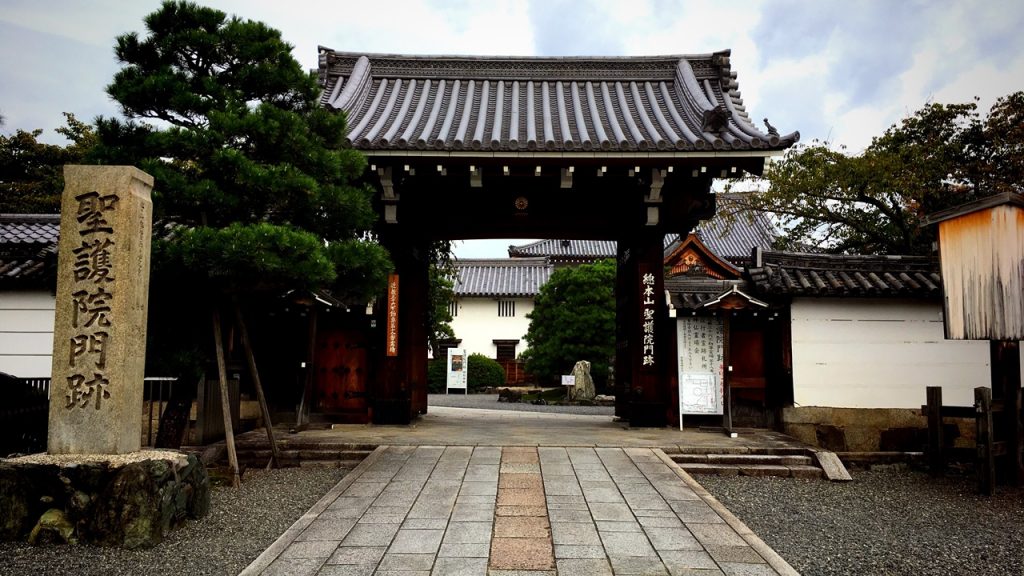
This is the O-Genkan(Grand entrance) which is the entrance of the Shinden (Emperor’s residence).
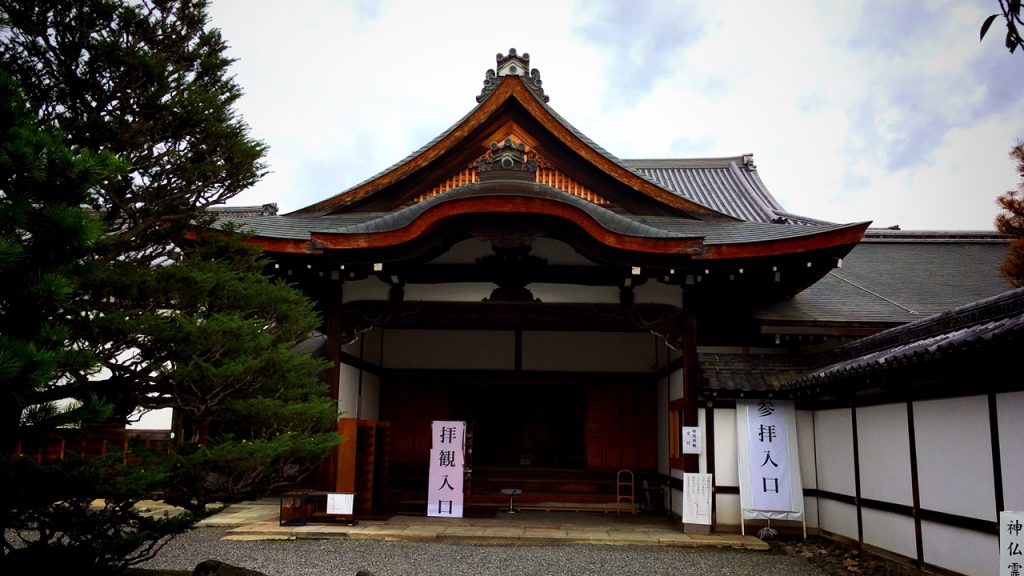
This is the Shinden (Emperor’s residence) which was built in the middle of Edo era.
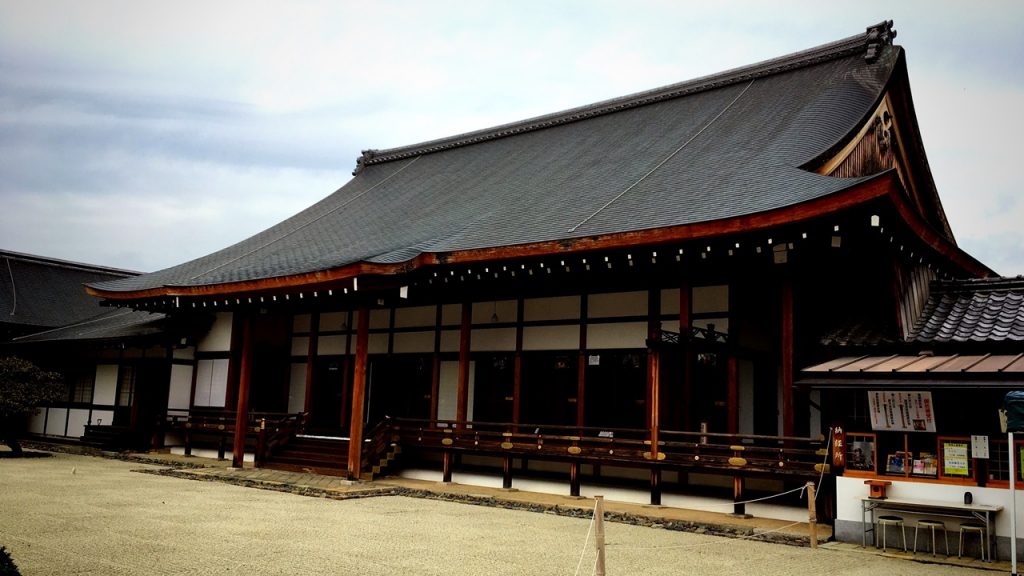
The garden of the white sand in front of this building is the place of the ascetic practices of the priest not a Japanese garden.
The ascetic practices such as an event in esoteric Buddhism called “護摩(Goma)” are really carried out at this place.
Shogo-in Temple is the head temple of the Buddhist Honzan Shugen Sect.
(Severe ascetic practices are carried out every day in the Shugen Sect.)
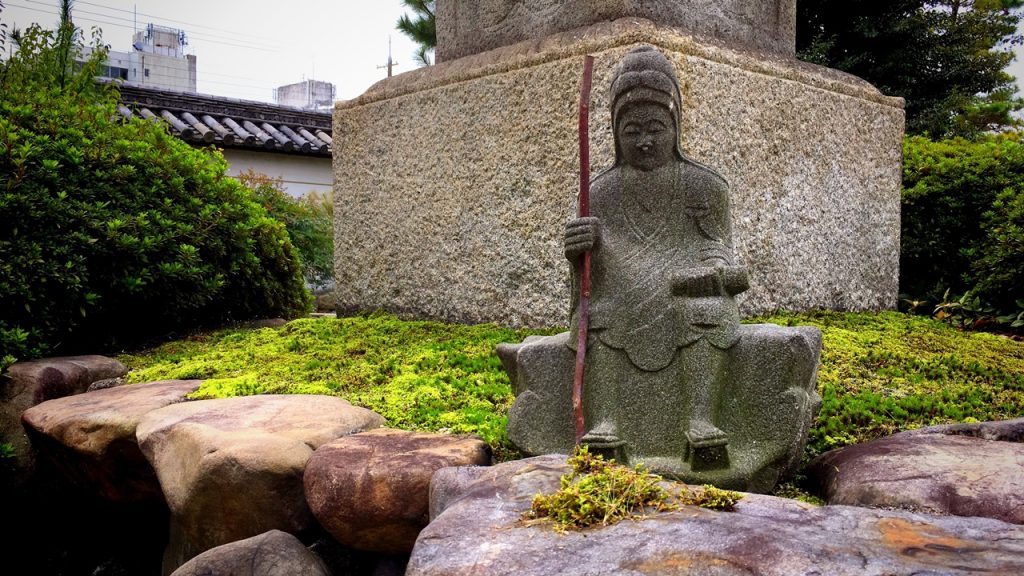
The building which is in the inner part of precincts of the temple is the Hondo(main temple).
This building also was built in the middle of Edo era.

Hondo is also called “Fudo-do (hall dedicated to Fudo Myoo)“.
Fudo Myoo(Acala) which is the principal idol of this temple is enshrined in this building.
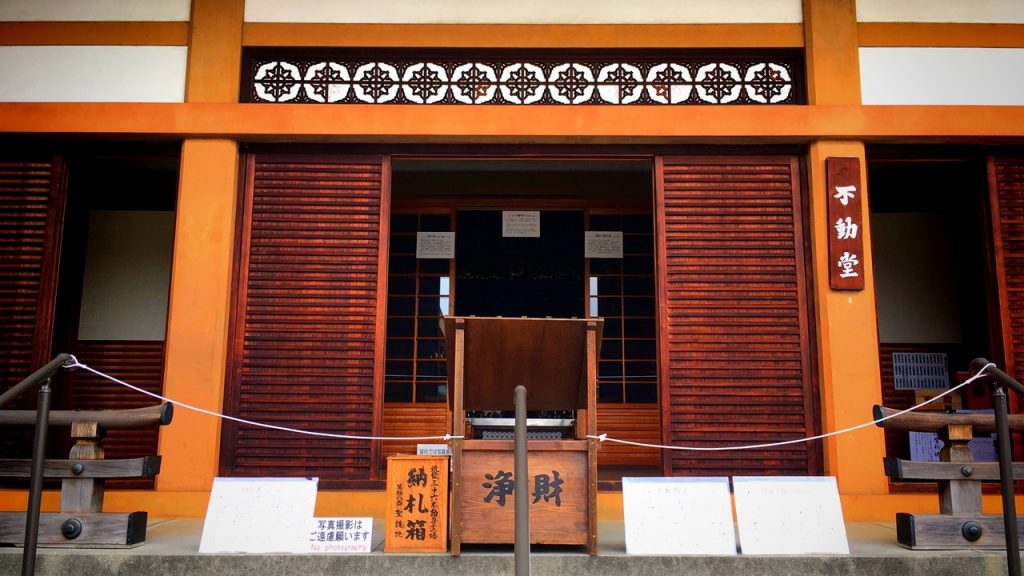
This is the Oikakeishi stone.
“笈(Oi)” is the old rucksack which is to put in the tool of the ascetic practices of the priest.
Because the priest hung this “笈(Oi)” to this stone during the break of ascetic practices, this stone was named “Oikakeishi”.
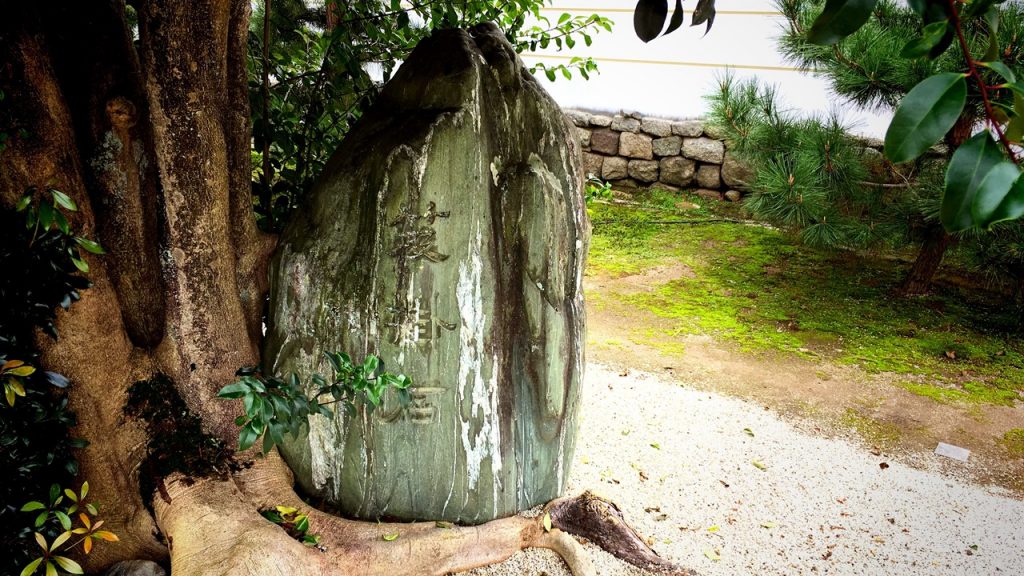
The ume tree which is called “Heian-no-kobai”
This place was called “Heiankyo” which is the capital of Japan in the old days.
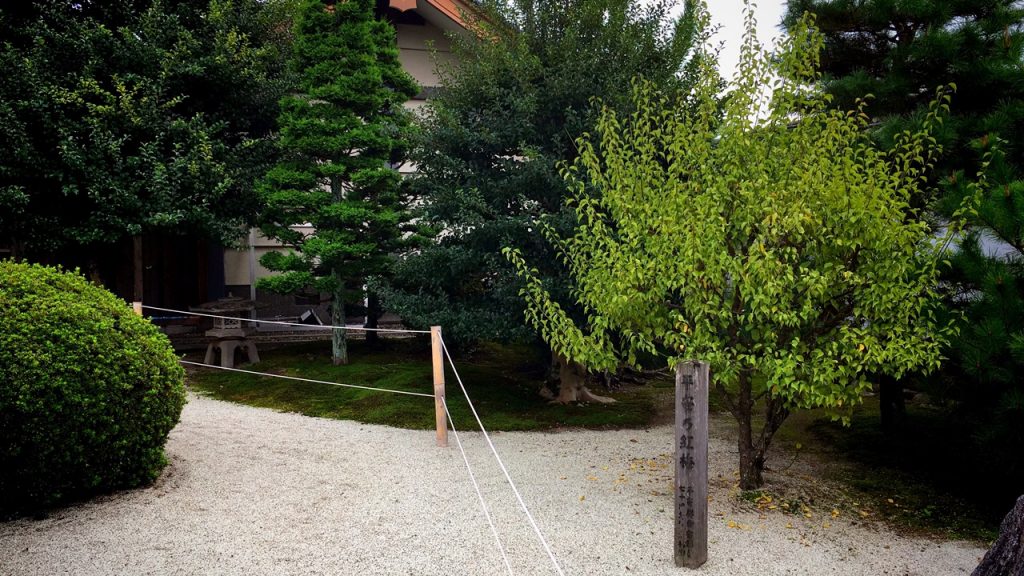
This is a young cherry tree called “Hiyoshizakura” which was donated by Hiyoshi Taisha Shrine of Shiga.
“Hiyoshizakura” is the rare cherry tree which is one of the wild cherry tree.
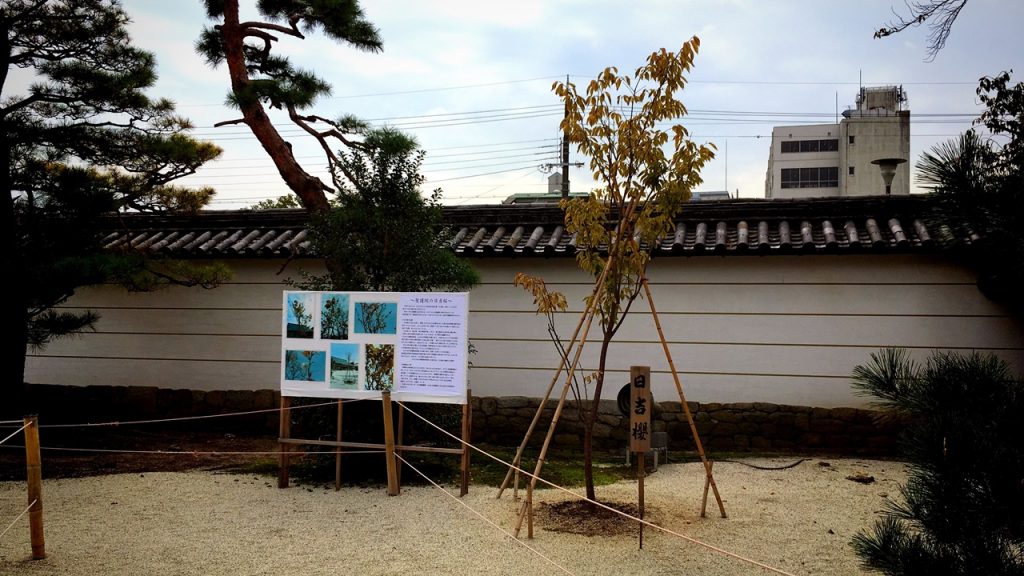
3.Highlights of Shogoin-Monzeki Temple(Special open area)
This is a special open area.
(From September 10, 2016 to December 18, 2016)
(Closed : From October 13 to October 16 and November 5, 28, and 29.)
During the special admission of this temple, we can enter the Shinden (Emperor’s residence) and the Shoin (Study Hall).

This is the O-Genkan(Grand entrance) which is the entrance of the Shinden (Emperor’s residence).

Admission fee is 800 yen (adults).
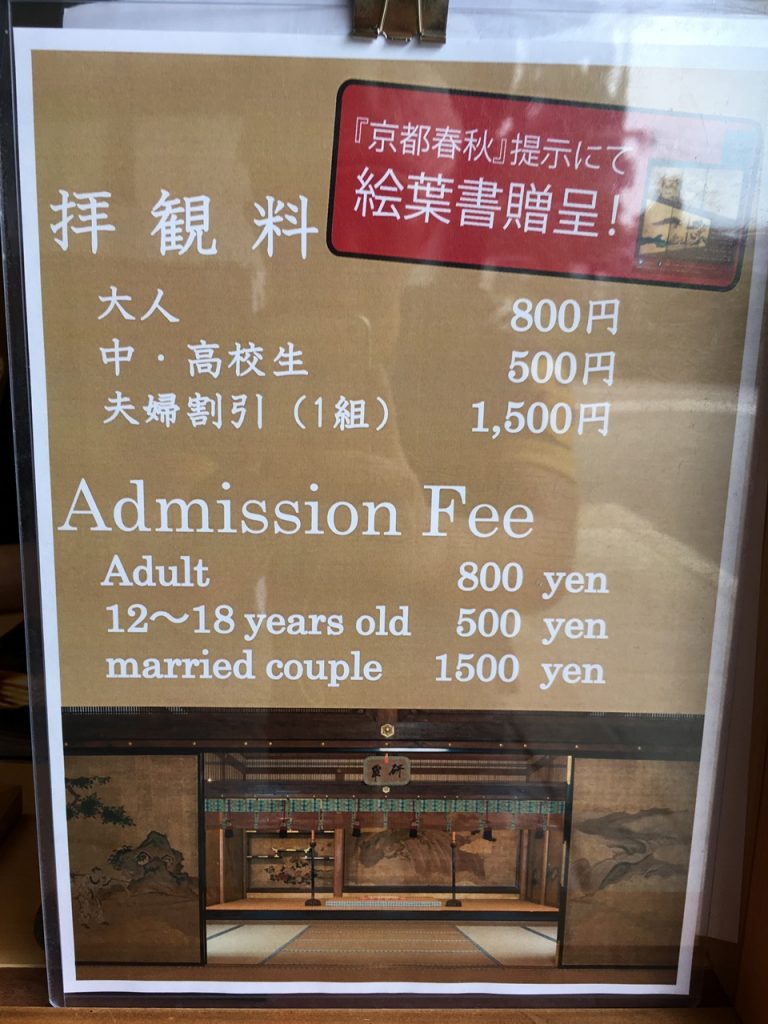
Photography and video recording are prohibited in the building.(The garden is OK.)
More than 130 folding screens which were drawn by a Kano school is displayed in this building.
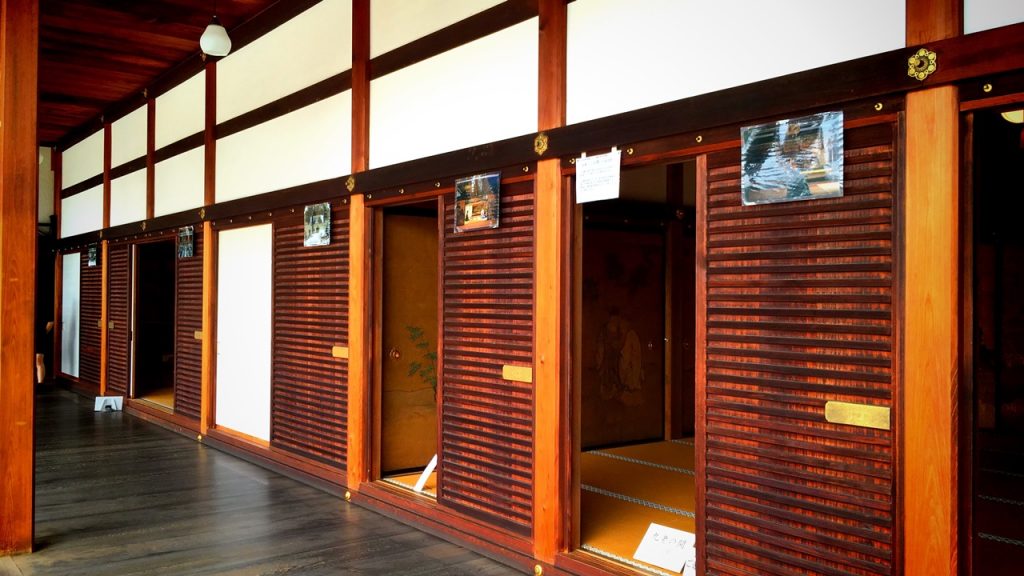
This is the ascetic practices ground to see from the Shinden (Emperor’s residence).
The bi-colored checkerboard pattern called ‘ichimatsumoyo’ is beautiful.
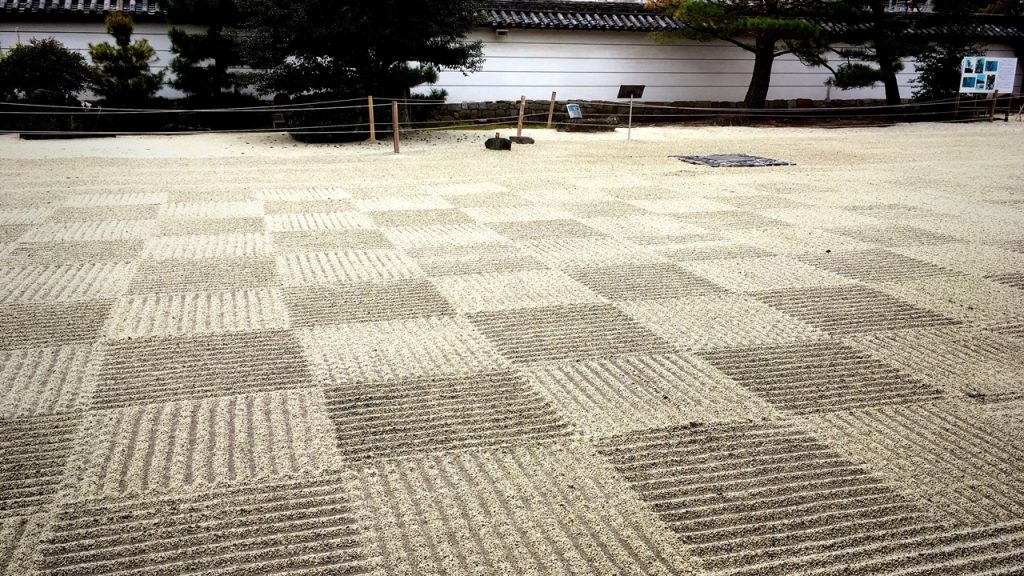
The ornament of the cat was put in the ascetic practices ground.(○´艸`)
This ornament seems to be put to please a tourist. There’s no big meaning in that.
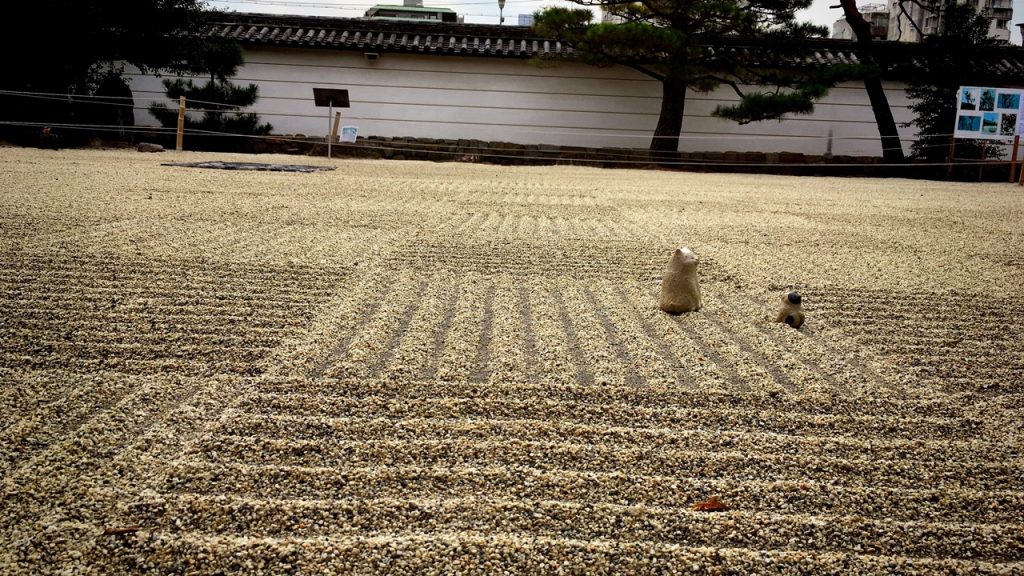

This is break space in the corridors of the Shinden (Emperor’s residence).
We can experience that blows a conch shell here.
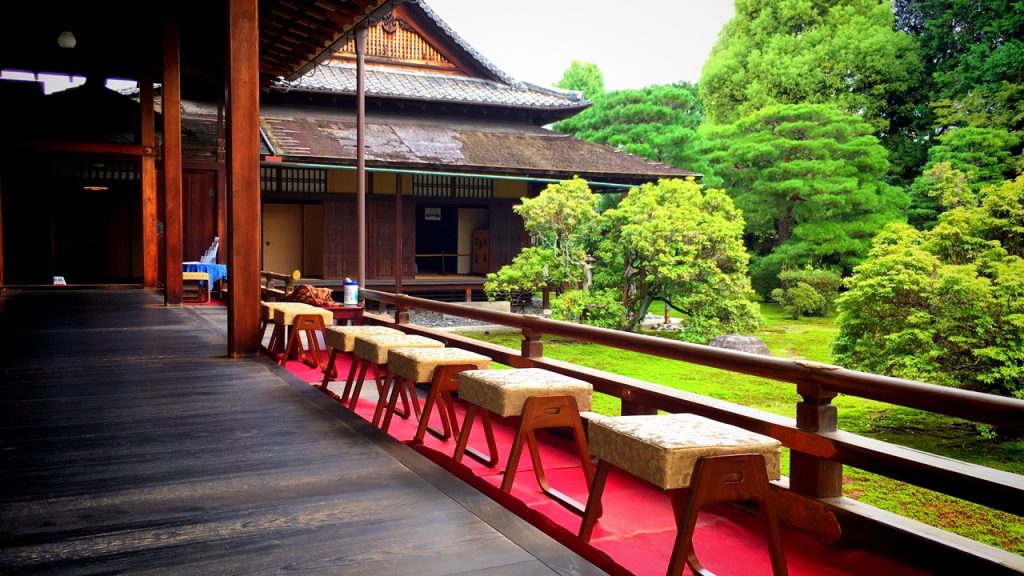
This is the Shoin (Study Hall) which is designated as the important cultural property of the country.
This building was the residence of emperor which was called “Gosho” in old days.
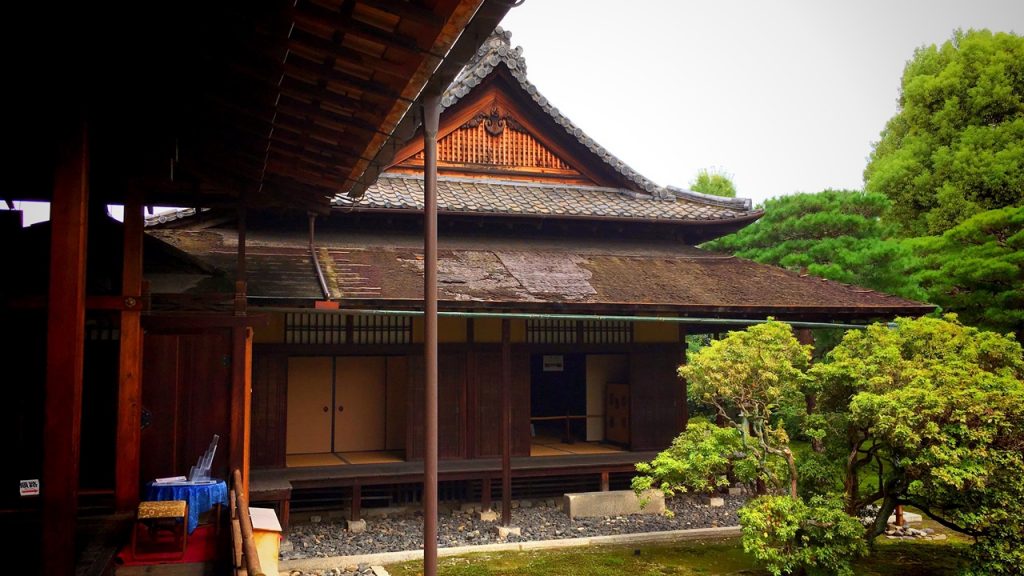
This is the courtyard to see from the Shoin (Study Hall).
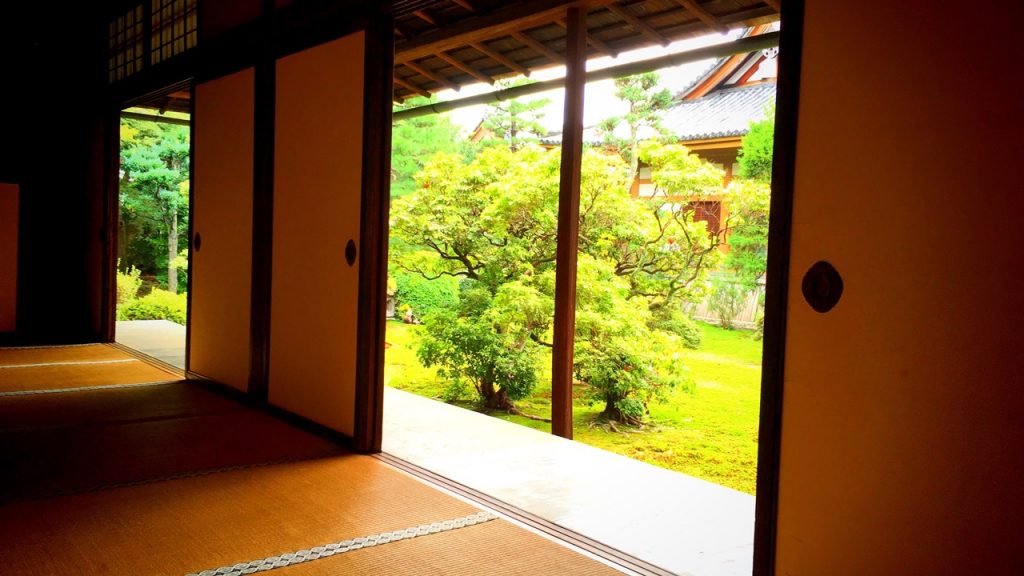
There was the ornament of the squirrel in the courtyard.(○´艸`)
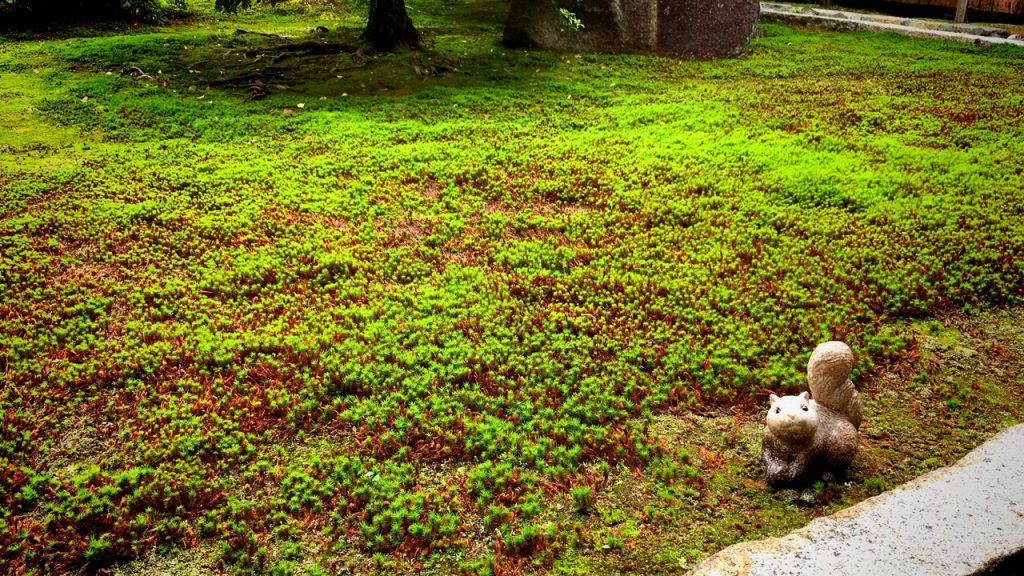
There was the ornament of the rabbit in the distance, too. d(*゚ー゚*)

4.Shogoin Gotenso(dorter)
Shogoin-Monzeki Temple has a dorter which is called 聖護院御殿荘(Shogoin Gotenso), and a general person can stay there.
The room reservation is possible from a homepage or a telephone(+81-75-771-4151).
Check-in time:15:00~
Check-out time:10:00
Restroom and bath:room by room
Amenity:Yukata, face towel, toothbrush set, conditioner in shampoo, body soap
■Shogoin Gotenso(Japanese text only)
This is the gate of the entrance of the dorter side.
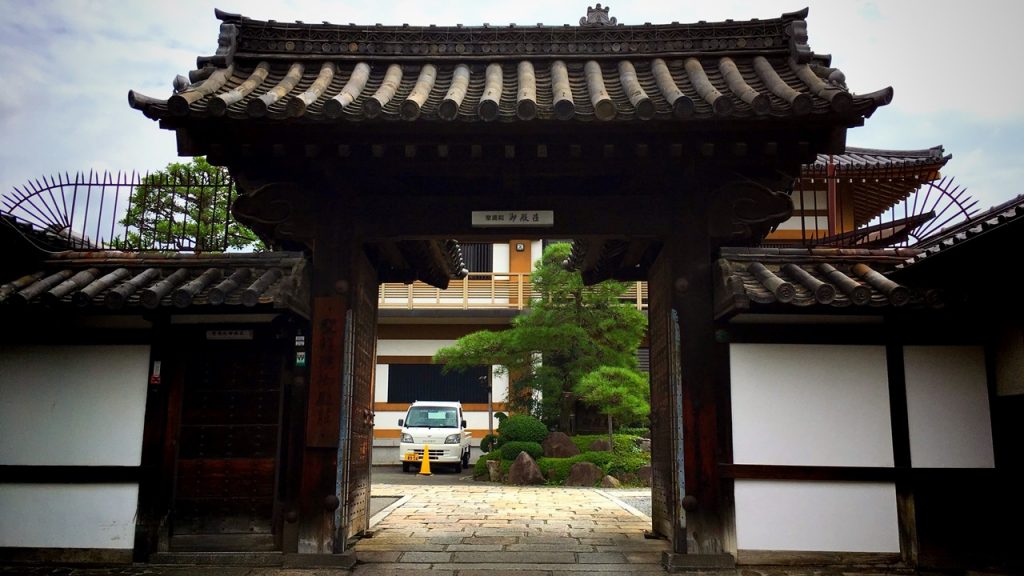
The student of the school excursion uses this dorter frequently, too.

5.Goshuin of Shogoin-Monzeki Temple
The sanskrit characters which can read as “カーン(Kan)” is written to Goshuin with a sumi.
“カーン(Kan)” is the sanskrit characters to express Acala.
The form of the red seal is a conch. (○´艸`)
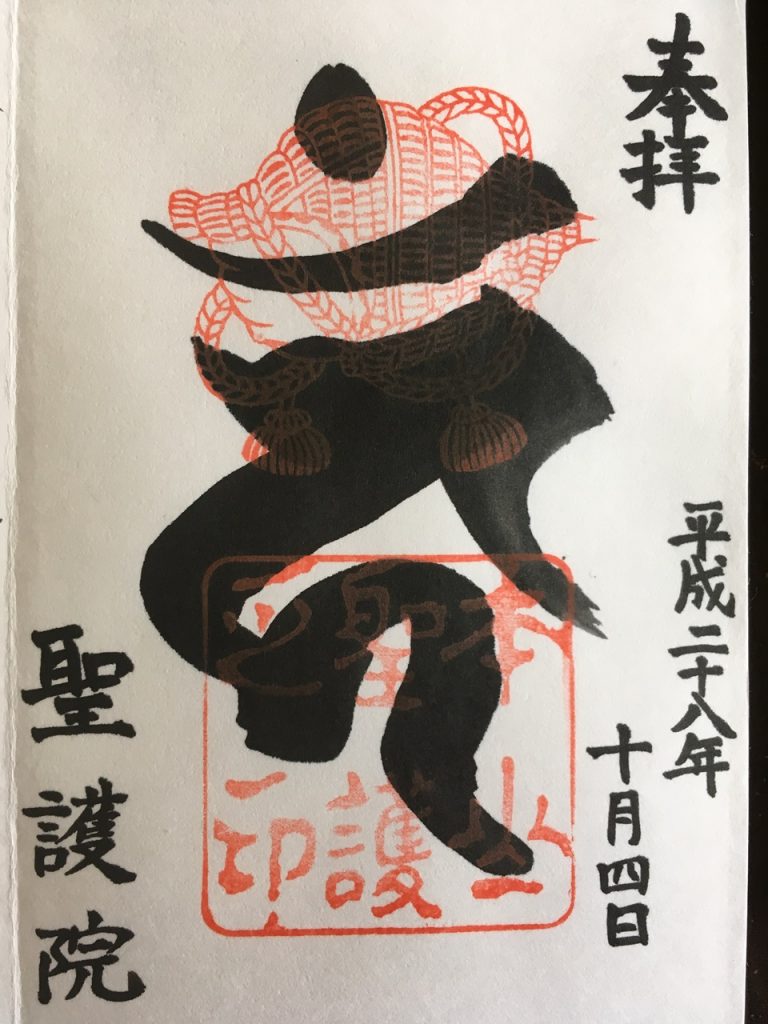
6.How to get to Shogoin-Monzeki Temple
The nearest station of Shogoin-Monzeki Temple is “Keihan Jingu Marutamachi Station”.
It is about 10-minutes walk from the station.
■Route Example (From Osaka Station to Jingu Marutamachi Station)

■Route Example (From Namba Station to Jingu Marutamachi Station)
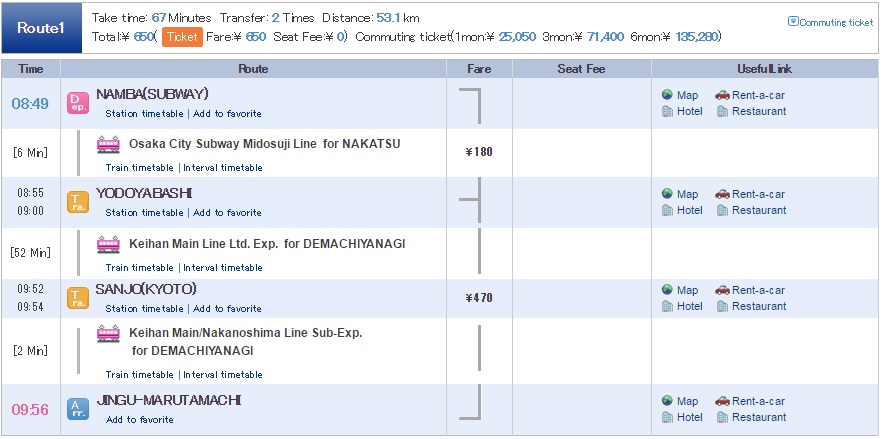
■Route Example (From Kyoto Station to Jingu Marutamachi Station)

■Jingu Marutamachi Station→Shogoin-Monzeki Temple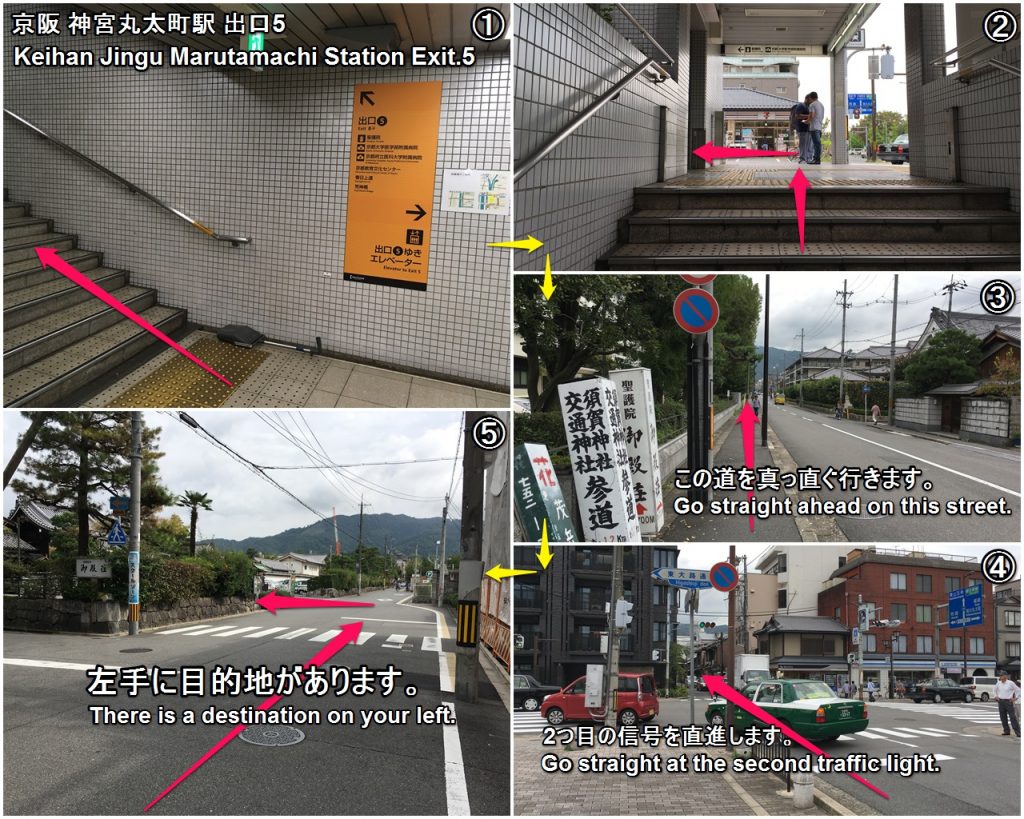
How did you like it?
Please try to go.
Have a nice trip! XD
<Let’s search the sightseeing information of Kansai in Japan on ‘Japan’s Travel Manual‘!!>
<This site introduces the easiest way to get Japanese (Kansai) sightseeing spots to you.>




